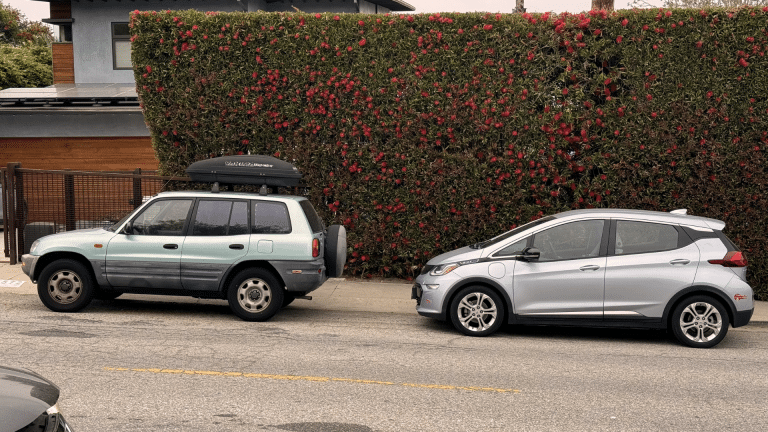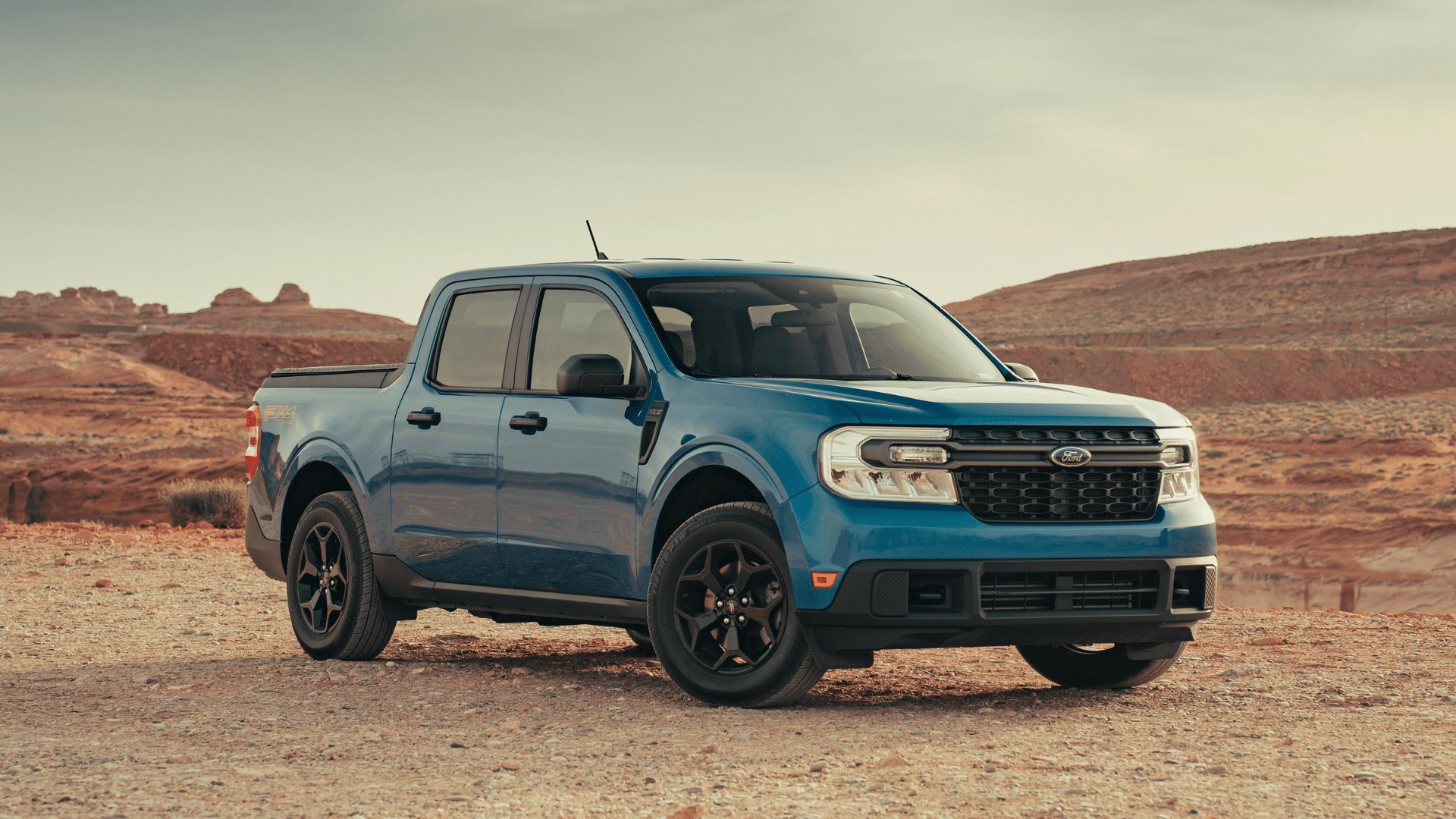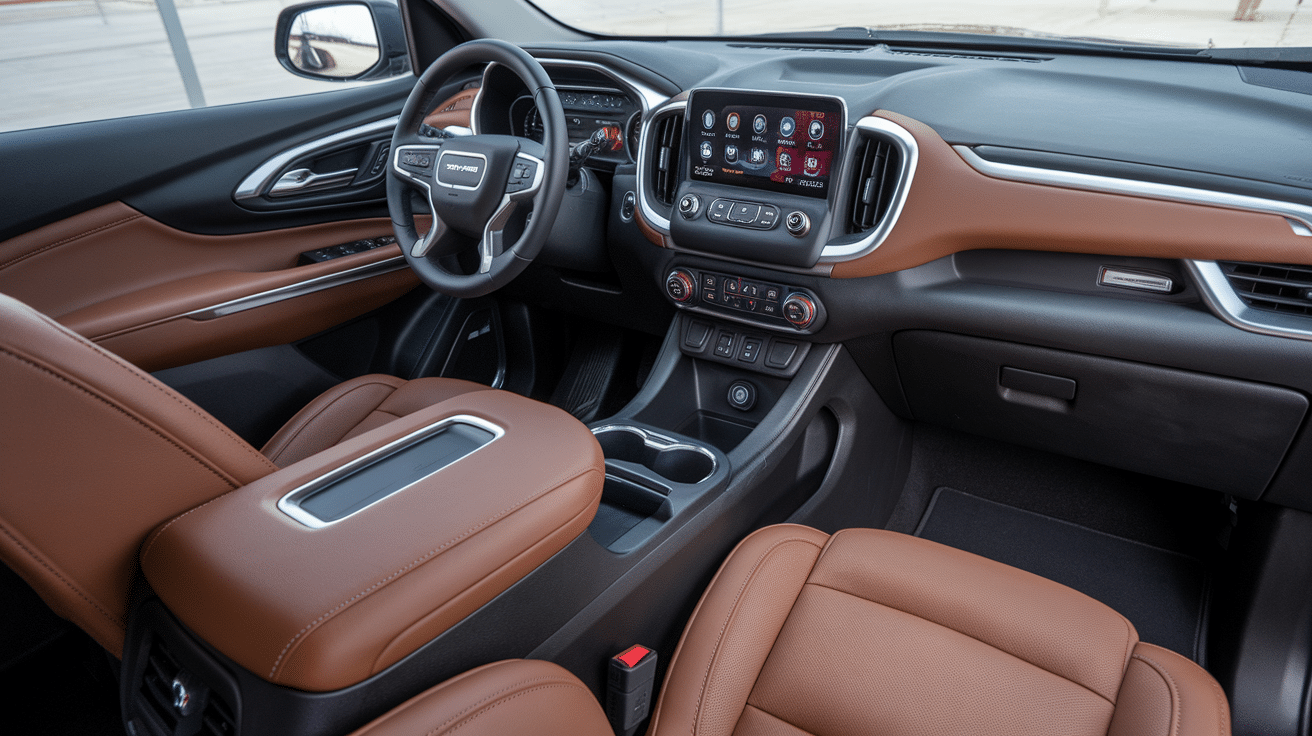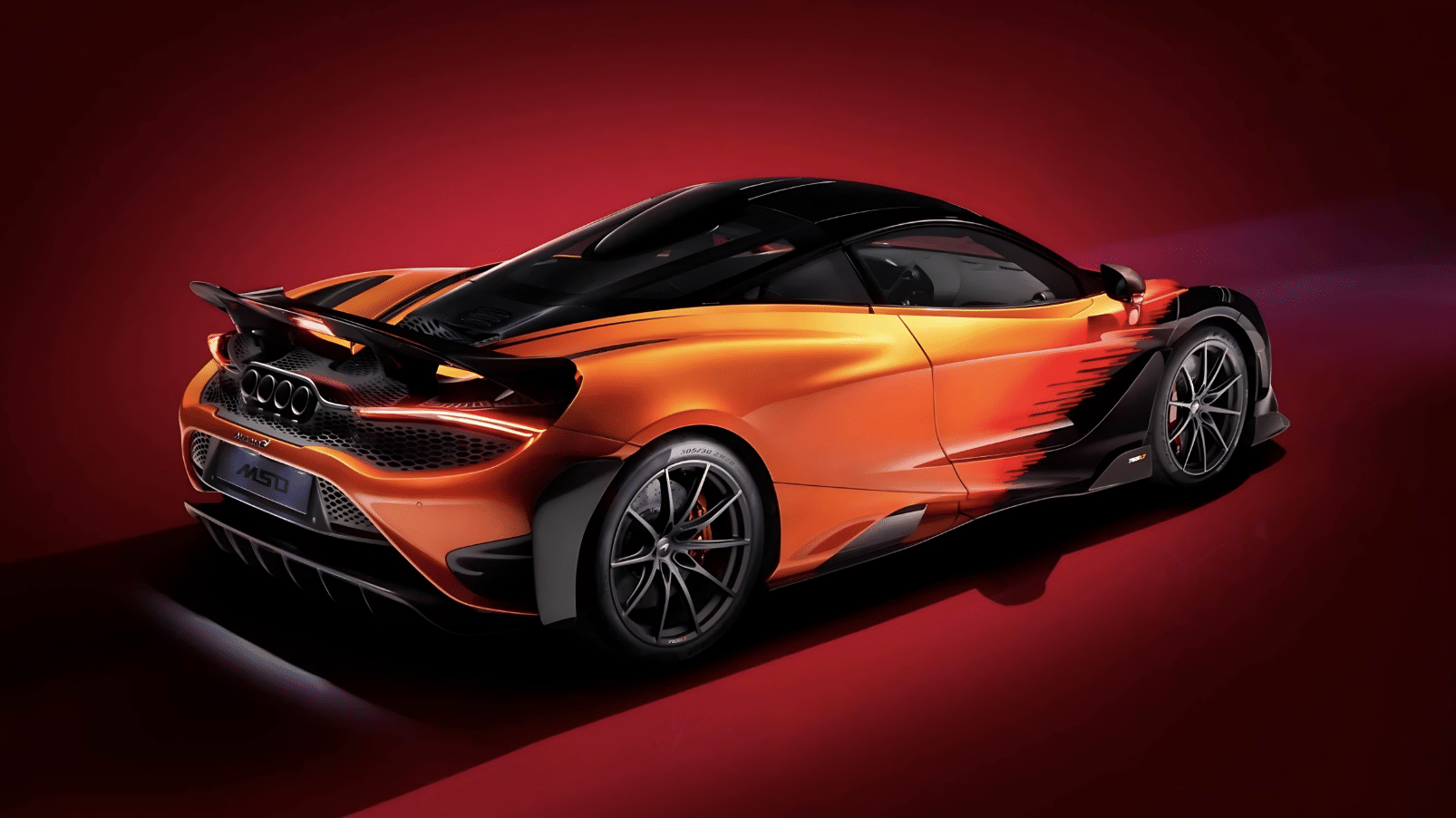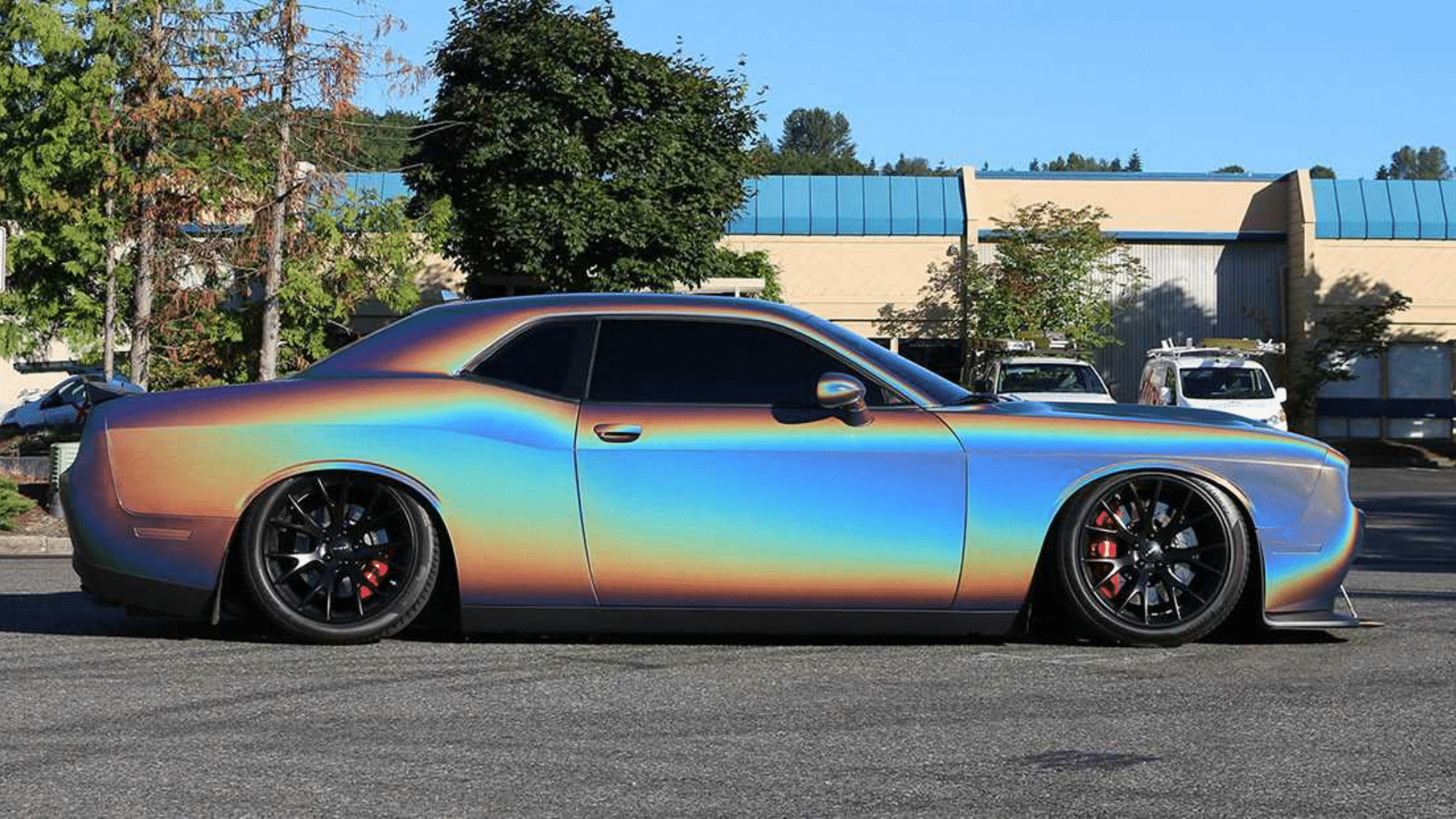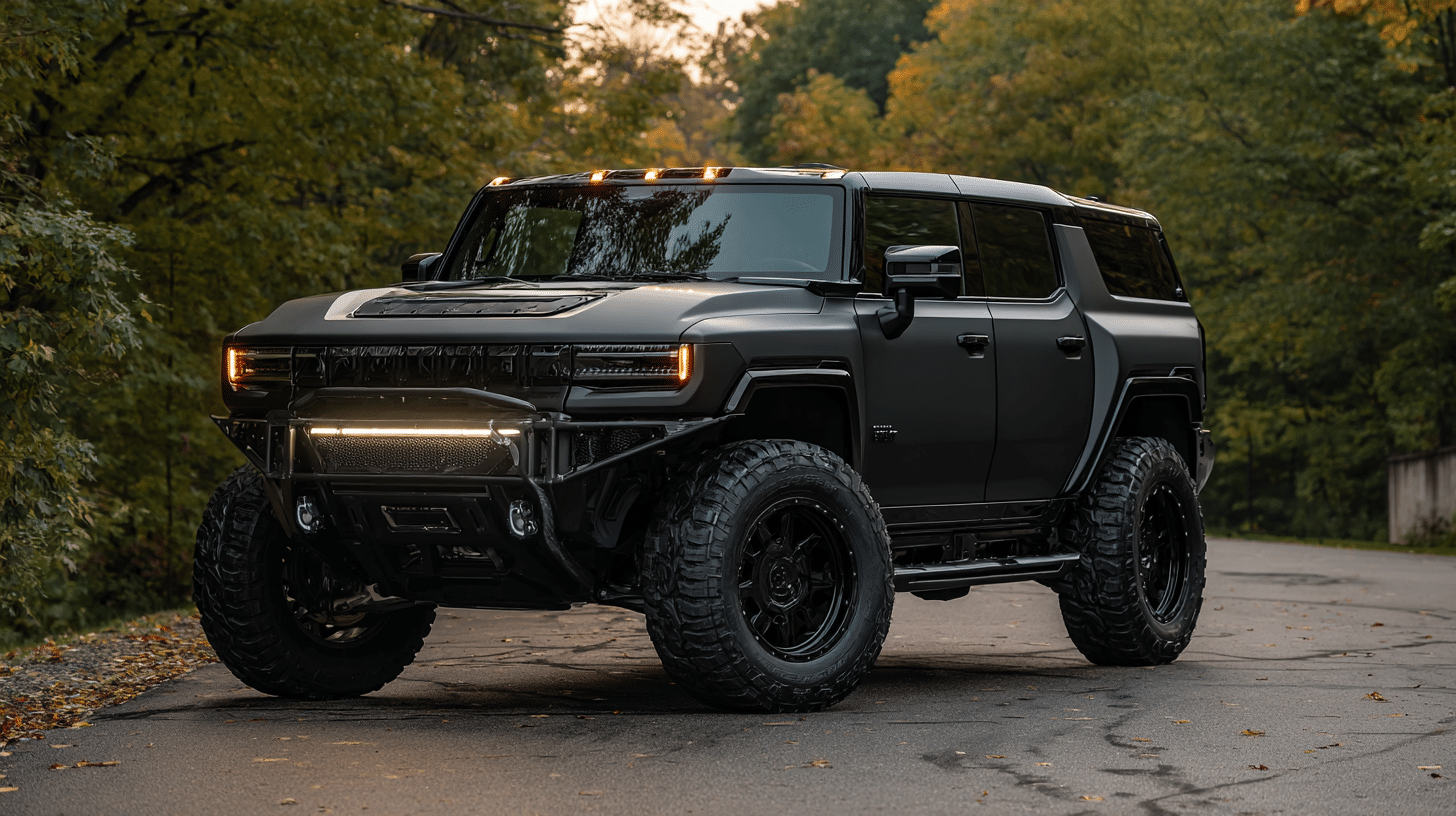Shopping for a new SUV can get confusing fast, especially when you’re trying to figure out the difference between compact and subcompact models. If you’ve found yourself asking:
- What sets them apart?
- Which one makes more sense for my daily needs?
- Will one cost more in the long run?
You’re not alone. Many buyers encounter the same questions.
That’s why I put together this guide to explain the key differences between compact and subcompact SUVs in a way that’s easy to follow.
If you drive mainly in the city or need room for more passengers and cargo, this guide will help you figure out what works best for you.
It covers space, price, fuel economy, and more, all based on what matters in real-life use.
Let’s take a closer look at which type of SUV fits your needs.
Understanding SUV Sizes: Subcompact vs. Compact
At first, learning about SUVs and their size categories was confusing. Compact, subcompact, it all sounded the same. Let’s break it down in a simple way so it makes sense.
Compact SUVs: More than Just a Bigger Ride

Compact SUVs are like a reliable family room on wheels. Measuring approximately 180 inches in length, they feature spacious interiors with ample room for passengers, cargo, and comfort. Perfect for families needing extra space and versatility.
Key characteristics:
- More passenger space
- Larger cargo area
- Feels substantial on the road
- Seats 4-5 people comfortably
A compact SUV provides you with ample space. You won’t feel cramped. Imagine having space for groceries, sports gear, and a comfortable ride for everyone.
Subcompact SUVs: The Nimble City Navigator
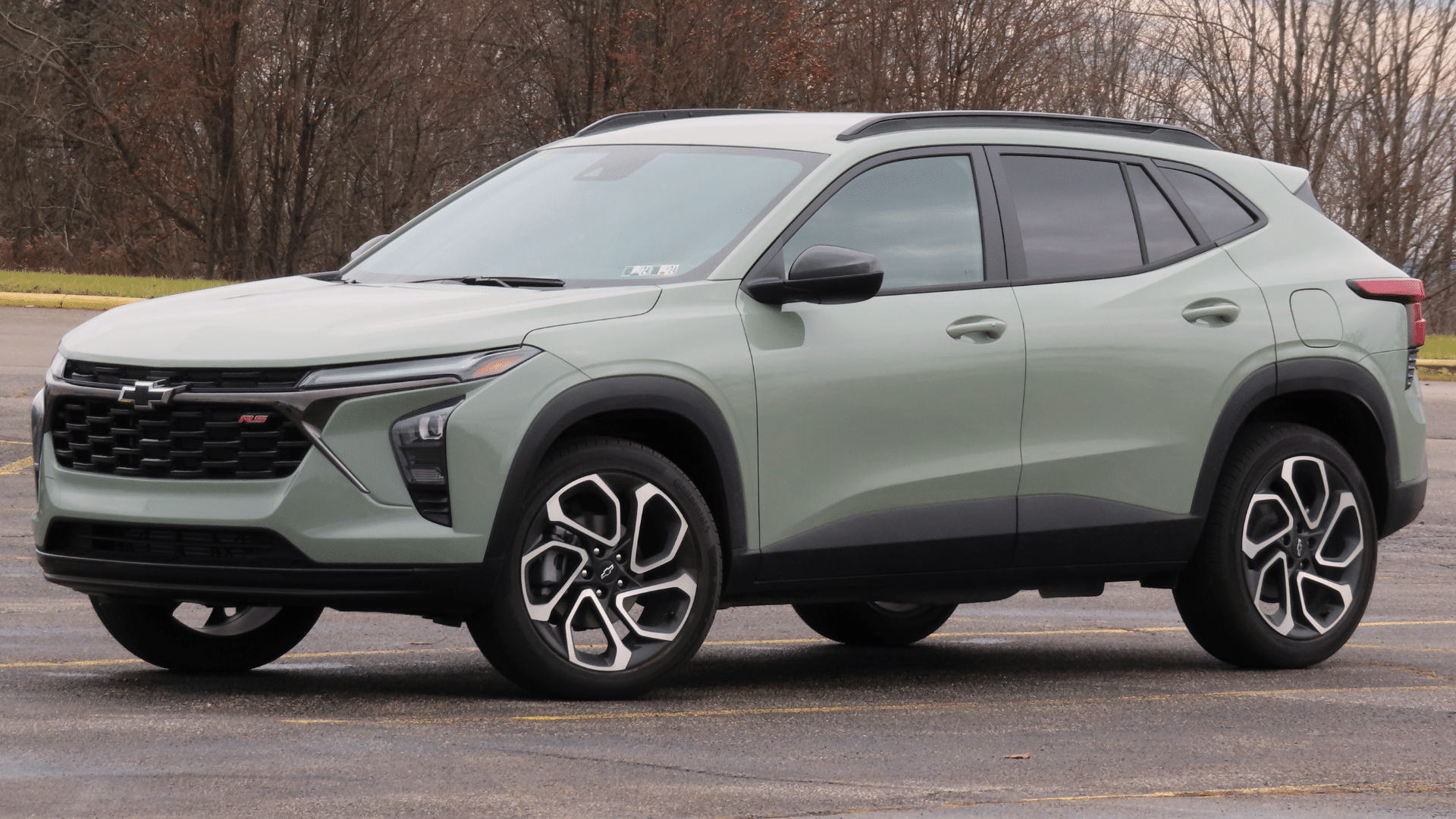
Subcompact SUVs are like a sporty, urban-friendly vehicle. Around 170 inches long, they’re designed for easy maneuverability, tight parking, and efficient city driving. Ideal for singles and small families prioritizing agility.
Key characteristics:
- Easier to park
- Better fuel efficiency
- More maneuverable
- Feels like a souped-up hatchback
Pro tip: If parallel parking makes you sweat, a subcompact might be your new best friend.
Driving Experience and Maneuverability
During my first SUV test drives, I realized something important: how it feels to drive matters more than the specs on paper. Here’s what you can really expect behind the wheel.
Subcompact SUVs
Driving a subcompact SUV feels like having a secret weapon in urban environments. Think of it as a nimble companion that slides into tight parking spots with ease.
You’ll have an easier time on tight streets, handle turns smoothly, and fit into small parking spots without much trouble.
The lighter weight means the vehicle responds quickly, so you’ll notice more direct handling and quicker reactions while driving. Parking becomes a breeze. Tight downtown streets? No problem.
You’ll navigate crowded areas with confidence, making u-turns and squeezing into spots that would make larger vehicles sweat.
Compact SUVs
Compact SUVs change your driving experience into something more substantial. The ride feels more grounded, especially on highways.
You’ll notice a sense of stability that makes long trips more comfortable. Wind and road noise? Significantly reduced compared to smaller models.
Highway driving becomes a different game. The extra weight and size provide a more planted feeling, making you feel more secure at higher speeds.
Passing trucks or handling windy roads feels more controlled and less jittery.
Pro insight: New drivers often feel more confident in compact SUVs because they provide a higher view of the road and a more stable driving experience.
Fuel Efficiency and Engine Power
When I started comparing SUVs, I realized fuel efficiency isn’t just about numbers. It’s about how the vehicle fits your actual life.
| Aspect | Subcompact SUVs | Compact SUVs |
|---|---|---|
| City Fuel Economy | Wins hands down. Typically 28-32 MPG. Perfect for daily commutes and stop-and-go traffic. | Slightly lower at 24-28 MPG. Still efficient, but you’ll notice more fuel stops. |
| Highway Fuel Economy | Impressive 33-36 MPG. Less wind resistance means better long-distance efficiency. | Around 30-34 MPG. More consistent performance on open roads. |
| Engine Power | 150-180 horsepower. Zippy for city driving, but might struggle with heavy loads. | 200-250 horsepower. More muscle for highway driving and carrying heavy loads. |
| Towing Capacity | Typically 1,500-2,000 lbs. Good for small trailers or light equipment. | Usually 3,500-5,000 lbs. Great for boats, campers, or work trailers. |
| Real-World Driving Feel | Feels lighter, more responsive in urban settings. Quick acceleration from stops. | More powerful, smoother on long trips. Less strain when fully loaded. |
Pro Tip: How you drive matters more than just the specs. Subcompacts are great for city use, while compacts work better for longer trips.
Interior Space and Comfort
When I started comparing SUVs, I quickly learned that interior space is about more than just numbers. It’s about how the vehicle feels in your daily life.
Subcompact SUVs
Subcompact SUVs are like a well-designed tiny home on wheels. Imagine a space that’s smart, efficient, but definitely snug.
Key Comfort Realities:
- Seating feels intimate – almost like a large hatchback
- Cargo space requires strategic packing
- Front seats are comfortable, but back seats can feel cramped
- Great for quick trips, challenging for long journeys
Space Breakdown:
- Total Cargo: 50-60 cubic feet
- Passenger Room: Tight but functional
- Ideal For: City commuters, solo travelers, small families
Compact SUVs
Compact SUVs are like mobile living rooms, spacious, flexible, and ready for family life or weekend adventures. They adapt easily to your changing needs.
Comfort Highlights:
- Spacious interior that doesn’t feel like a compromise
- Comfortable for adults in all seating positions
- Flexible cargo areas that handle everything from strollers to camping gear
- Smooth ride that makes long trips feel shorter
Space Advantages:
- Total Cargo: 70-80 cubic feet
- Passenger Room: Generous and comfortable
- Ideal For: Families, weekend warriors, road trip enthusiasts
Comfort Comparison Table
| Comfort Factor | Subcompact SUV | Compact SUV |
|---|---|---|
| Passenger Legroom | Restricted | Generous |
| Cargo Flexibility | Limited configurations | Multiple setup options |
| Long Trip Comfort | Potentially uncomfortable | Relaxed and adaptable |
| Family Friendliness | Basic accommodations | Designed for family life |
Pros and Cons at a Glance

When I started comparing these SUVs, all I wanted was a straightforward, honest breakdown. Here’s what matters:
Subcompact SUV
| Pros | Cons |
|---|---|
| Wallet-Friendly | Performance Limits |
| Lower purchase price | Less powerful engine |
| Better gas mileage | Tight for large families |
| Lower fuel costs | Limited cargo space |
| City Navigation Champ | Comfort Compromises |
| Easier parking | Less smooth ride |
| Nimble in tight spaces | Road noise is more noticeable |
| Maintenance Savings | Long Trip Drawbacks |
Compact SUV
| Pros | Cons |
|---|---|
| Space Master | Budget Stretcher |
| More passenger room | Higher purchase price |
| Larger cargo area | More expensive insurance |
| Better highway handling | More fuel expenses |
| Feature Rich | Urban Challenges |
| More advanced tech | Harder to park |
| Advanced safety features | Less maneuverable |
| Family-Friendly | Maintenance Costs |
Which SUV Is Right for You?
One thing you should remember is that choosing between them isn’t about specs; it’s about matching a vehicle to my life. Let’s find your perfect match.
1. Passenger and Space Considerations
Consider who rides with you most often. Are you usually driving alone or with one other person?
Subcompact SUVs are a good fit for individuals or couples. If you often travel with kids, pets, or need extra space for gear, a compact SUV gives you more room to work with.
Count heads, then add some extra space for comfort and unexpected passengers.
2. Fuel Economy vs. Space Trade-Offs
Money talks, and so does fuel efficiency. Subcompact SUVs are the budget-friendly champions.
They’ll save you cash at the pump and during purchase. Compact SUVs cost more upfront but offer more versatility.
Ask yourself: Do you prioritize saving money now or having more flexibility later?
3. Driving Environment Matters
Think about where you drive most. If you’re often in the city, a smaller vehicle helps. Subcompact SUVs are easier to park and handle in traffic.
For longer highway trips, a compact SUV may be better; it gives you more stability, space, and comfort on the road.
4. Budget Breakdown
Let’s talk money without the boring spreadsheets. Subcompact SUVs are like budget-friendly smartphones: efficient, practical, and wallet-friendly.
Compact SUVs? They’re the premium models with more features and space.
Decision-Making Cheat Sheet
| Question | Subcompact SUV | Compact SUV |
|---|---|---|
| Passengers | 1-3 people | 4-5 people |
| Fuel Budget | Low | Moderate |
| Driving Environment | City | Mixed/Highway |
| Initial Cost | Lower | Higher |
Popular Compact SUVs
Compact SUVs offer a great mix of space, comfort, and fuel efficiency, perfect for daily drives, road trips, or small families. Below are some top picks:
1. Toyota RAV4

The Toyota RAV4 is one of the most well-rounded compact SUVs out there.
It handles daily driving, road trips, and errands with ease. It’s known for good fuel efficiency, strong reliability, and solid overall value.
There’s also a hybrid version for those who want better gas mileage and lower emissions. It’s a practical choice for both city and highway driving.
Real-world bonus: These SUVs hold their value better than most. Think of it as an investment that keeps on giving.
2. Honda CR-V
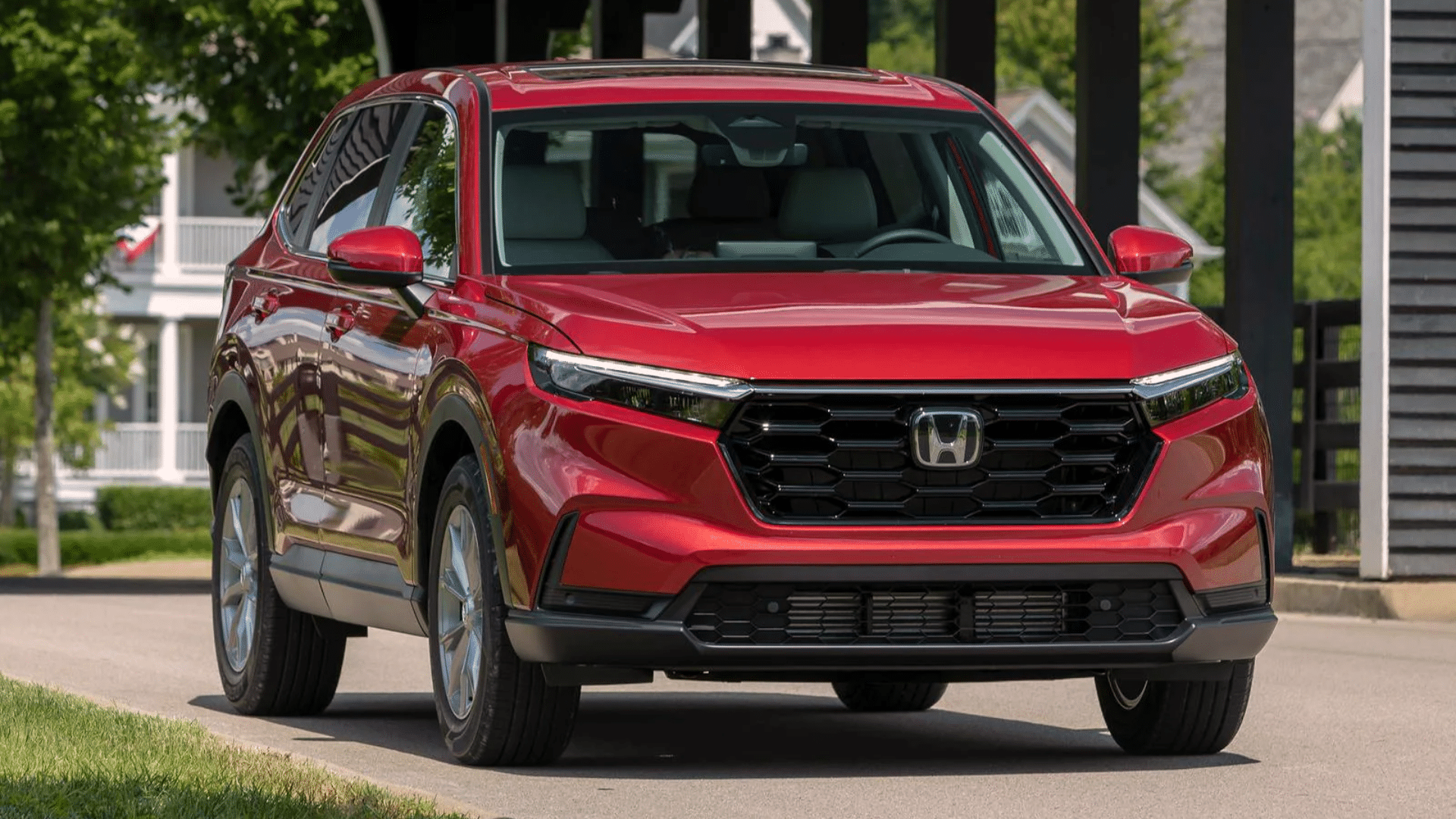
The Honda CR-V is a solid pick for anyone looking for a dependable compact SUV. It has a roomy interior and a smooth, comfortable ride, great for families or daily driving.
The cargo space is larger than you’d expect, which makes it easy to handle grocery runs, strollers, or weekend gear.
It also offers good fuel efficiency, helping you save money over time without giving up on comfort or space.
3. Subaru Forester
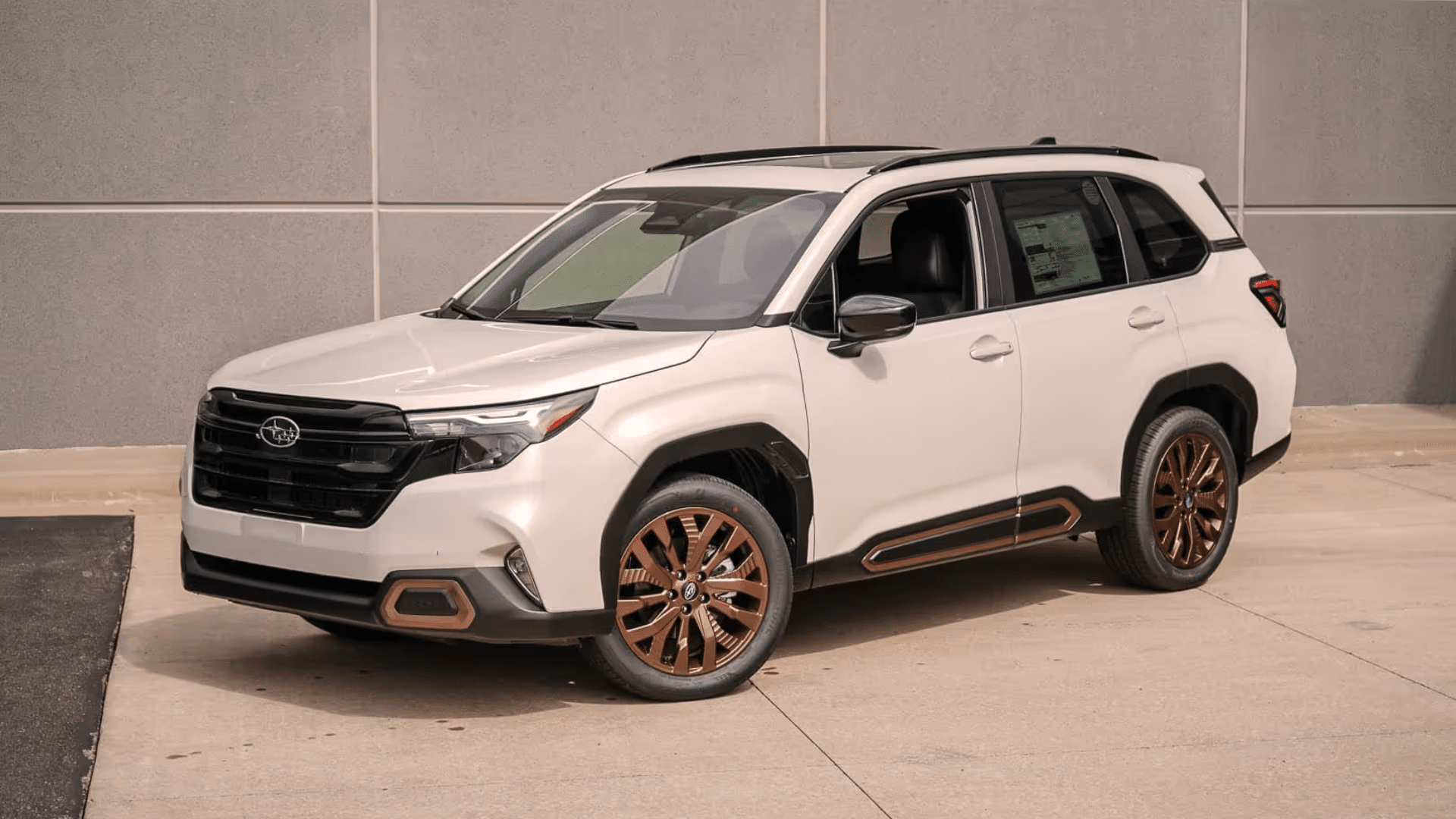
The Subaru Forester is a strong choice if you often drive in rain, snow, or rough conditions.
It comes standard with all-wheel drive, which gives you better grip and control.
People who enjoy the outdoors or live in areas with tough weather really value this feature.
The Forester also offers good visibility, a smooth ride, and solid all-around performance for daily use.
Popular Subcompact SUVs
Subcompact SUVs give you SUV perks in a smaller, budget-friendly size. They’re fuel-efficient, easy to park, and great for city life. Check out these popular models:
1. Hyundai Kona
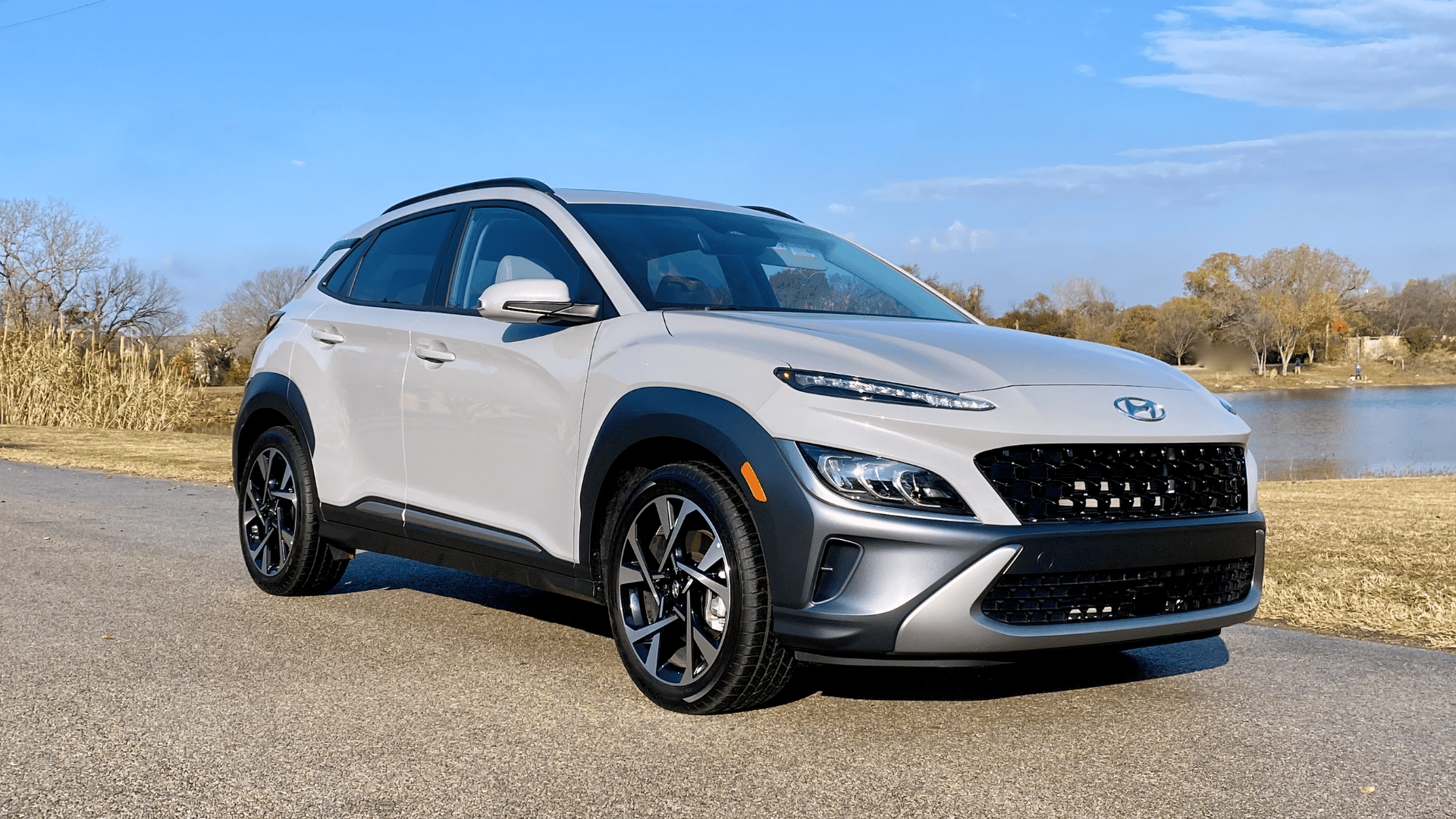
The Hyundai Kona is a compact SUV that offers a lot of value for its size. It’s a good fit for drivers who like tech features and modern design without spending too much.
The interior feels well-made, and you’ll find features like a touchscreen, smartphone integration, and driver-assist tools.
It’s easy to drive in the city and has the kind of extras many expect in more expensive vehicles.
Urban Tip: The electric version of the Hyundai Kona is a smart choice for city drivers who want to cut fuel costs and lower emissions.
2. Mazda CX-30
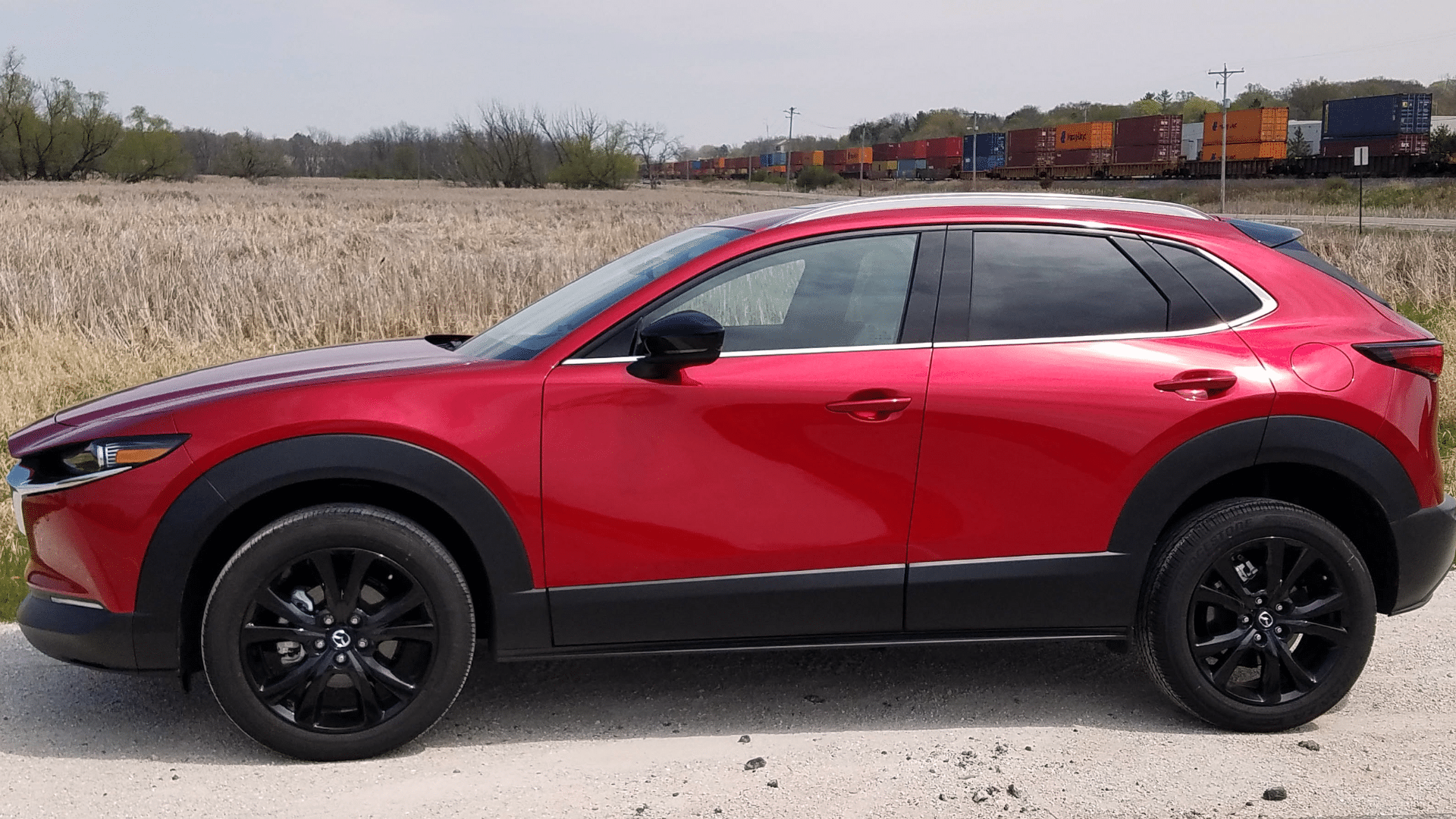
The Mazda CX-30 blends style with everyday usefulness. It has a clean, modern design and an interior that feels more upscale than you might expect in this class.
The materials and layout give it a refined look without going over the top. What really stands out is how it drives.
The handling is responsive and smooth, making it easy to navigate city streets.
If you want a subcompact SUV that’s both practical and sharp-looking, the CX-30 is a strong option.
3. Honda HR-V
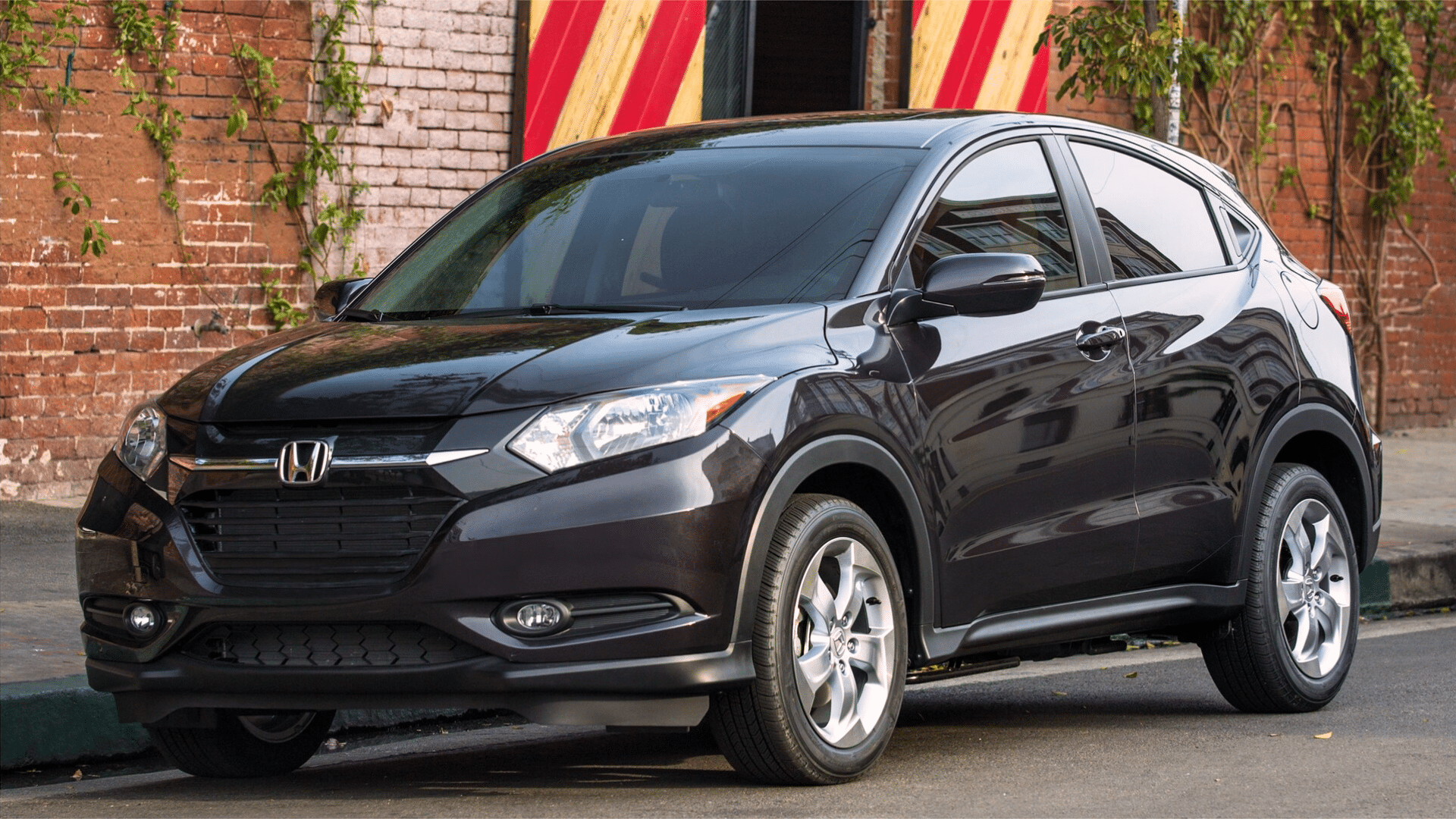
The Honda HR-V is known for being versatile and easy to live with.
One of its best features is the “Magic Seat,” which lets you fold and flip the back seats in different ways to create more room.
If you’re hauling groceries, bikes, or luggage, the HR-V makes it simple to adjust the space.
It’s a solid choice for anyone who wants a compact SUV that handles daily tasks and weekend plans without a hassle.
Conclusion
When it comes to SUVs, it’s not about the “best” one; it’s about what fits your life. Compact and subcompact both have strengths, depending on how you drive.
Need more space some days? A compact might help. Want easier parking and better gas mileage? Go subcompact. What really matters is how it feels behind the wheel.
If it’s not comfortable or easy to drive, it’s not the one. Test a few. Ask questions. Trust your instincts.
The right SUV is the one that fits your routine, not someone else’s. Take your time and choose what feels right.


